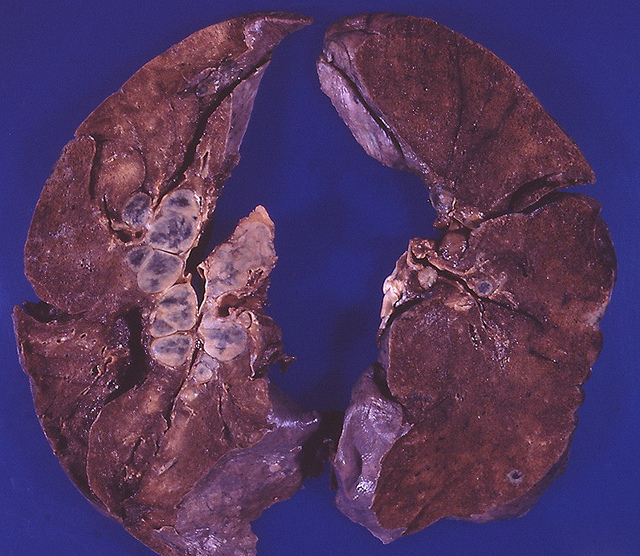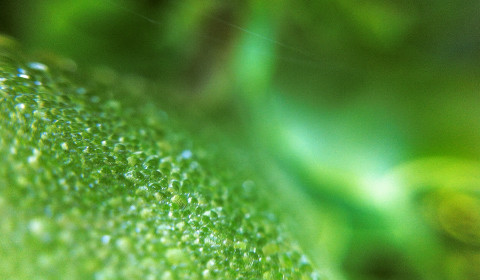
NON-PARENCHYMAL CELLS
The hepatic sinusoidal cells play a critical role in the maintenance of liver function and are composed of four cell types: endothelial cells, Kupffer cells, fat-storing (Ito, stellate) cells and pit cells. The sinusoidal cells represent about 6% of the total liver volume but account for 35–40% of the total number of liver cells. The endothelial and Kupffer cells are in close contact with the bloodstream, whereas parenchymal cells are in contact with the plasma only via the space of Disse. Growing christmas cactus from cuttings https://cactus-christian.org/how-to-propagate.html.
The fenestrated endothelial cells form a physical barrier, which enables direct contact of parenchymal cells with most plasma proteins in the space of Disse, but prevents direct interaction of parenchymal cells with blood cells, large chylomicrons, viruses and bacteria. Kupffer cells, which constitute the majority of the fixed tissue macrophages of the reticuloendothelial system, are anchored to the endothelial cells by long cytoplasmic processes.
Within the liver acinus, Kupffer cells are located preferentially in the periportal region. They are highly phagocytic cells, which enables them to phagocytose particulate matter such as bacteria. Both endothelial and Kupffer cells contain several specific receptors on their cell membrane which significantly increases the endocytic capacity of the liver. The fat-storing cells serve as specialized pericytes extraluminally. The pit cells are immunoreactive cells attached to the luminal surface of the sinusoid.
Kupffer cells
Kupffer cells constitute 80–90% of the total population of fixed macrophages in the body. These cells are components of the wall of hepatic sinusoids and play a significant role in the removal of particulates and cells as well as toxins, infectious agents and foreign substances from the portal blood, particularly those of intestinal origin.
Kupffer cells also are the source of a variety of beneficial vasoactive substances, which are thought to be involved in host defense mechanisms as well as in some disease processes in the liver. Kupffer cells appear to derive from monocytes or stem cells in the bone marrow and possess a typical morphology.
The cellular morphology includes microvilli, lamellipodia, and occasional filopodia. The cell coat consists of a 50–70 nm thick fuzzy outer layer and a thin layer close to the plasma membrane. Kupffer cells have several specific structures related to pinocytosis, including bristle-coated micropinocytic vesicles, fuzzy-coated vacuoles, and worm-like structures. In addition, the abundance of lysosomes and their menu of enzymes reflect the prominent role these cells play in the degradation of particles and substances taken up from the bloodstream.
Both the number and activity of Kupffer cells may vary due to the immunologic and pathophysiologic condition of the liver. The mean turn over rate of the total Kupffer cell population varies from 21 days to 14 months.
